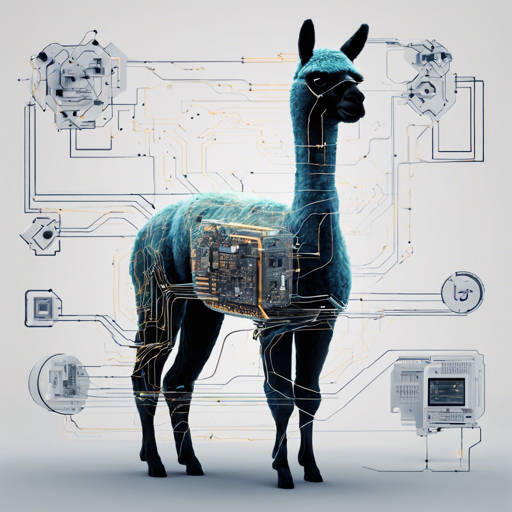![]()
Alpaca Electron is built from the ground up to be the easiest way to chat with the Alpaca AI models. No command line or compiling needed!
Important:
Only Windows is currently supported for now. The new llama.cpp binaries that support GGUF have not been built for other platforms yet.
Features
- [x] Runs locally on your computer, internet connection is not needed except when downloading models
- [x] Compact and efficient since it uses llama.cpp as its backend (which supports Alpaca and Vicuna too)
- [x] Runs on CPU, so anyone can run it without an expensive graphics card
- [x] No external dependencies required, everything is included in the installer
- [x] Borrowed UI from that popular chat AI
- [x] Supports Windows, MacOS, and Linux (untested)
- [x] Docker-ized
- [x] Context memory
- [ ] Chat history
- [ ] Integration with Stable Diffusion
- [ ] DuckDuckGo integration for web access
- [ ] GPU acceleration (cuBLAS, openBLAS)
Demo

Quick Start Guide
- Download an Alpaca model (7B native is recommended) and place it somewhere on your computer where it’s easy to find. Note: Download links will not be provided in this repository.
- Download the latest installer from the releases page.
- Open the installer and wait for it to install.
- Once installed, it’ll ask for a valid path to a model. Go to where you placed the model, hold shift, right-click on the file, and then click on Copy as Path. Then, paste this into that dialog box and click Confirm.
- The program will automatically restart. Now you can begin chatting!
- Note: The program accepts any other 4 bit quantized .bin model files as well.
Troubleshooting
General
- If you get an error that says “Invalid file path” when pasting the model file path, ensure there are no typos. Try copying the path again or use the file picker.
- If loading the model fails with the error “Couldn’t load model,” your model may be corrupted or incompatible. Redownload the model to fix this.
- If you encounter issues not listed here, create an issue in the Issues tab, including a detailed description and relevant screenshots.
Windows
- If text generation doesn’t commence, ensure your CPU supports AVX2. Check compatibility here.
- If you see a “vcruntime140_1.dll is missing” error or nothing happens while loading the model, install the Microsoft Visual C++ Redistributable.
MacOS
- Should you encounter “App can’t be opened because it’s from an unidentified developer,” locate the app in the Applications folder. Hold the control key, click the app, and select Open.
- If that fails, execute the command:
xattr -cr Applications/Alpaca\ Electron.appin the terminal.
Linux
- Download the prebuilt app packaged as
tar.gzfrom the releases page or build it yourself. - For building, clone the repository:
git clone https://github.com/ItsPi3141/alpaca-electron.gitand follow configured build steps.
Docker Compose
- Use Docker Compose to run this Electron application. Clone the repository and navigate to the project directory. Build and run the container image.
- If no window appears, execute the command without the
-doption. If authorizations issues arise, executexhost local:rooton your Docker host.
Building
To build the app from source or release installers, you will need Node.js and Git. For Windows users planning to compile llama.cpp binaries, CMake is also required.
Credits
Credits go to @antimatter15 for Alpaca.cpp and @ggerganov for llama.cpp, which are essential to this project. Thanks to Meta and Stanford for the LLaMA and Alpaca models and the contributors for providing various builds.
At fxis.ai, we believe that such advancements are crucial for the future of AI, as they enable more comprehensive and effective solutions. Our team is continually exploring new methodologies to push the envelope in artificial intelligence, ensuring that our clients benefit from the latest technological innovations.
Conclusion
In a way, setting up Alpaca Electron is like arranging your very own personal library of knowledge. You need to gather books (the model), make sure they are in good condition (correct file path), and find the right place to put them (installation). Once everything’s in order, you can enjoy an endless conversation with your virtual alpaca friend!
For more insights, updates, or to collaborate on AI development projects, stay connected with fxis.ai.





